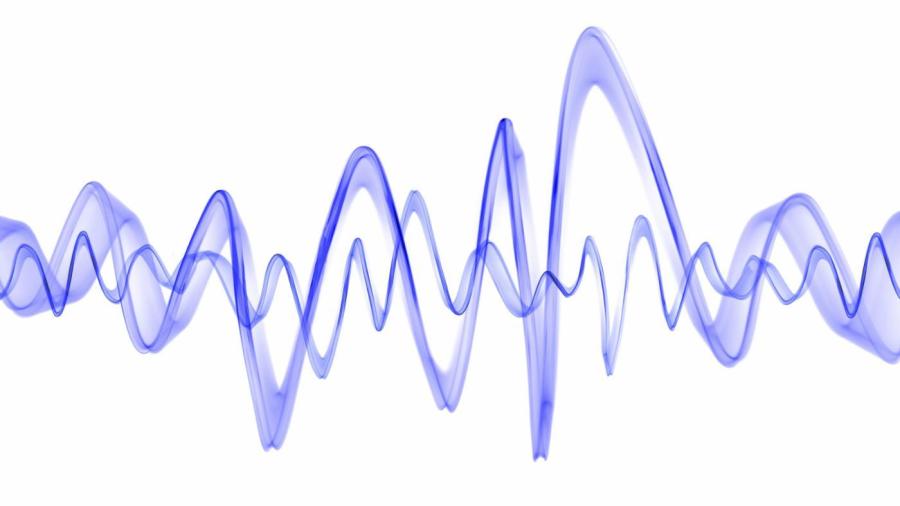What Happens to Wavelength As Frequency Increases?

As frequency increases, wavelength decreases. Frequency and wavelength are inversely proportional. This basically means that when the wavelength is increased, the frequency decreases and vice versa.
Wavelength is described as the distance between a trough to a trough or a crest to a crest. Frequency is defined as how many waves, or cycles of a wave, are present per unit of time. The term cycles is usually applied per second or per “hertz.” Per hertz basically means “cycles per second.” The wavelength describes the distance that the wave will travel at the same time that a single cycle of the wave occurs.
Wavelength is described as a function of speed and frequency of the propagation of that wave. Longer wavelengths are associated with lower frequencies, and smaller wavelengths are associated with higher frequencies. Wave velocity, also known as water waves, is considered constant. Wavelength and frequency are inversely proportional; increasing the frequency decreases the wavelength.
During a thunderstorm, people always see lightening before they hear any thunder. This is an example of wave speed or wavelength. Light waves travel a million times faster than sound waves. The sound of waves, however, depends on the matter that the wave travels through.





